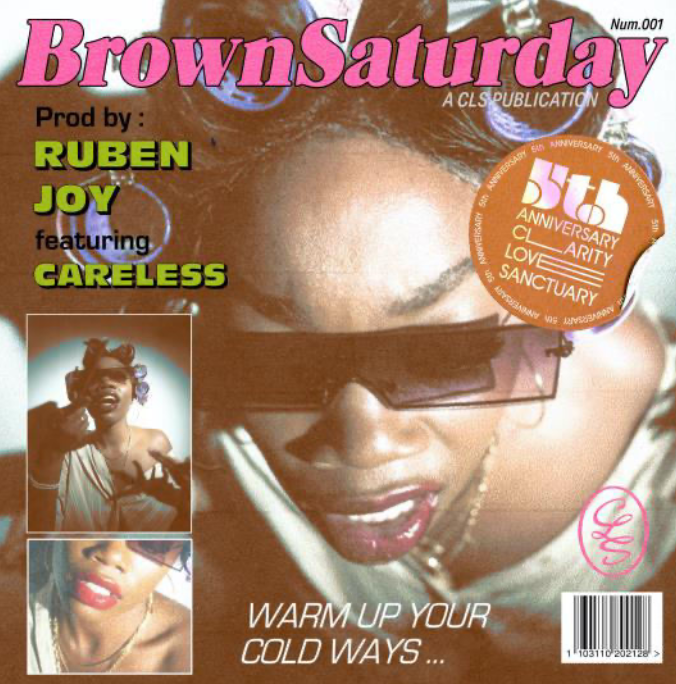Turn that frown into fashion with the Clowncore trend
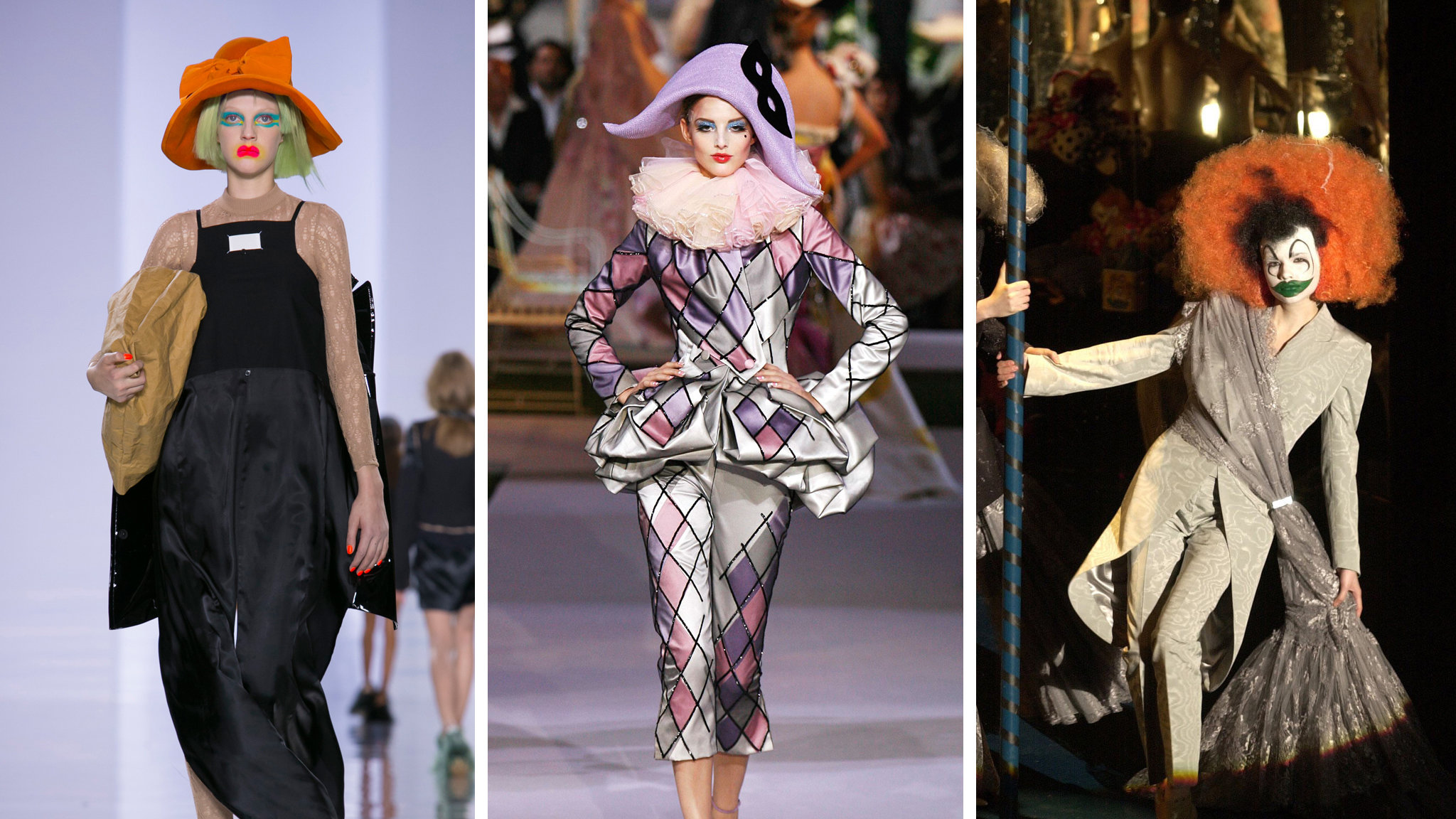
Maybe the circus clown isn’t the first outfit inspo that pops to mind when getting ready for a highly anticipated Hinge date, but perhaps they should be.
Clowns have been something of a trend, looking back through the past few fashion seasons. While some may see the circus staples as unlikely inspiration, fashion’s renewed love of humour and optimism has morphed many aspects of clown-wear into high-fashion must-haves.
In the past, designers have tended to embrace the darker side of clowns, leaning into the aesthetic of ‘punk’ or ‘gothic’ clowns that aim to scare us a little. That’s not what the more recent clowncore trend seems to be about. The newest interpretation of clowncore, both on the runway and on the street, is more of an extreme take on dopamine dressing (dressing to make you happy) than a channel through which to inspire fear and pessimism. Think less ‘Pennywise’ and more joyful, playful party clown. As many post-lockdown aesthetics have, the clowncore trend is playing into fantastical elements to juxtapose the bland, boring clothes worn during isolation. What’s more opposite to the sadness and loneliness of quarantine than the fun and carefree look of a circus clown?
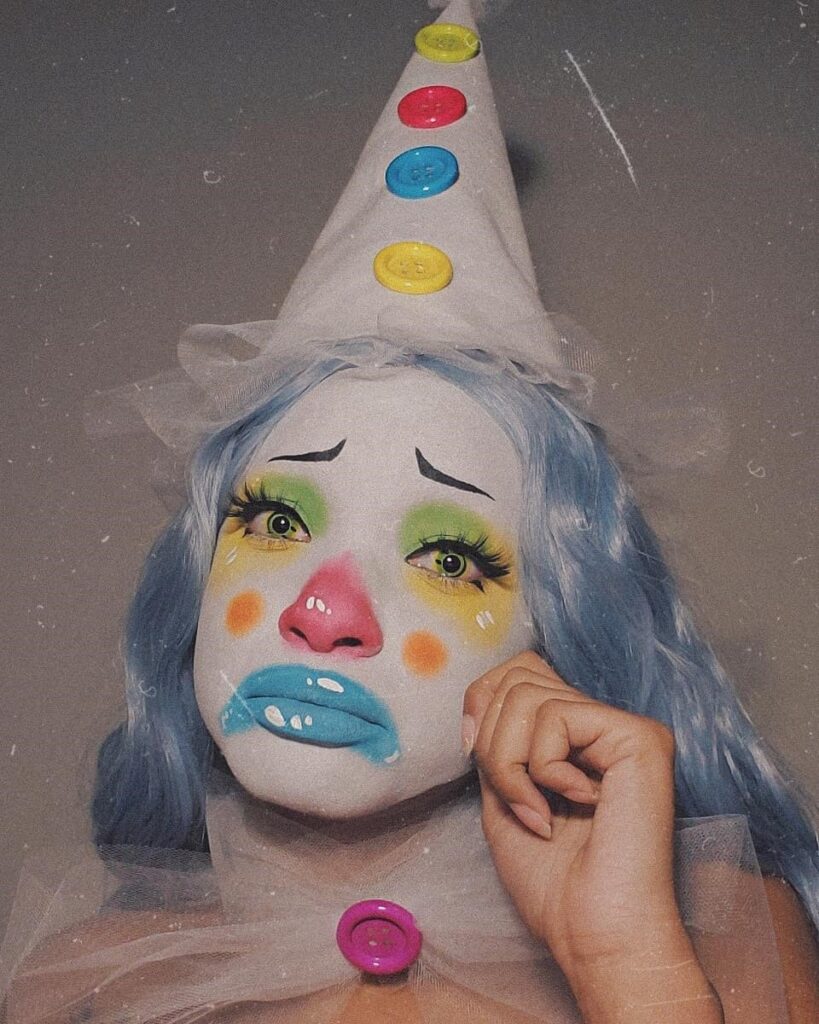
As well as the impacts of a post-covid (?) planet, the ’80s renaissance the fashion world is experiencing has somewhat aided in the mainstreaming of clowncore. Many collections have been reinterpreting the disco era with vintage-inspired pieces using bright, bold colours, in your face patterns, shoulder pads and ties heralding back to the power suit age. Many have been massively playing with proportions, exaggerated, oversized pieces, and sometimes unthinkable silhouettes (think Viktor and Rolf Spring 2022 Couture with shoulders shrugged up to the ears).
Many also consider clowncore as an evolution of the e-girl and boy aesthetic. The circus trend incorporates elements of rave, emo, kidcore, and beyond. The anime influence on the e-movement makes it easy to imagine those following that trend moving into a more clown-inspired aesthetic. Some also cite political clownery for fashion’s clown craze. After all, some of the most famous clowns perform solely outside the circus and fashion. Forever the social commentator, fashion was going to pick up on that sooner or later by sending these trends down the runway. Indeed, it could also be a mainstream extension of the New York nightclub clown aesthetic that started gaining traction in 2015. Still, a more likely answer for the mainstreaming of this less than mainstream aesthetic lies in the cultural petri dish we call the internet.
The internet has blurred the formerly rigid lines between subcultures (alas, we do still have some gatekeepers). The internet has never demanded that you be one person all the time; you can blend countless trends, tapping into them as hard or as tentatively as you like. Feel free to argue against it, but it is unlikely that clowncore as an aesthetic demanding 100% circus-accurate clown costumes 100% of the time would have ever taken off. While we may all have a vision of the circus clown a la John Wayne Gacy (if you don’t understand the reference, I wouldn’t recommend Google Image-ing that one), there is no typical look, nor is there any rulebook. Access to the internet gives such a wide breadth of inspiration, allowing people to cherry-pick bits of whatever we like to create our own image.
If you buy into the eye-popping colour palettes, childlike graphics, clashing prints, circus-like collars, childlike accessories, checkerboard, rainbow, harlequin prints, and dramatic face makeup finished with a cherry red nose, then that’s great. If you’re less than enchanted by the former, you can opt for pastoral frills, nap dresses, and cute glitter noses, merging clowncore with cottage/fairycore. If the kaleidoscopic colour palette doesn’t suit your vibe, you can take a more subtle, black-and-white stance with tulle and tartans, channelling your inner clown in a more understated way. If you’re not into clowns but occasionally want to pop on some striped socks to pay homage to the aesthetic, that’s also great.
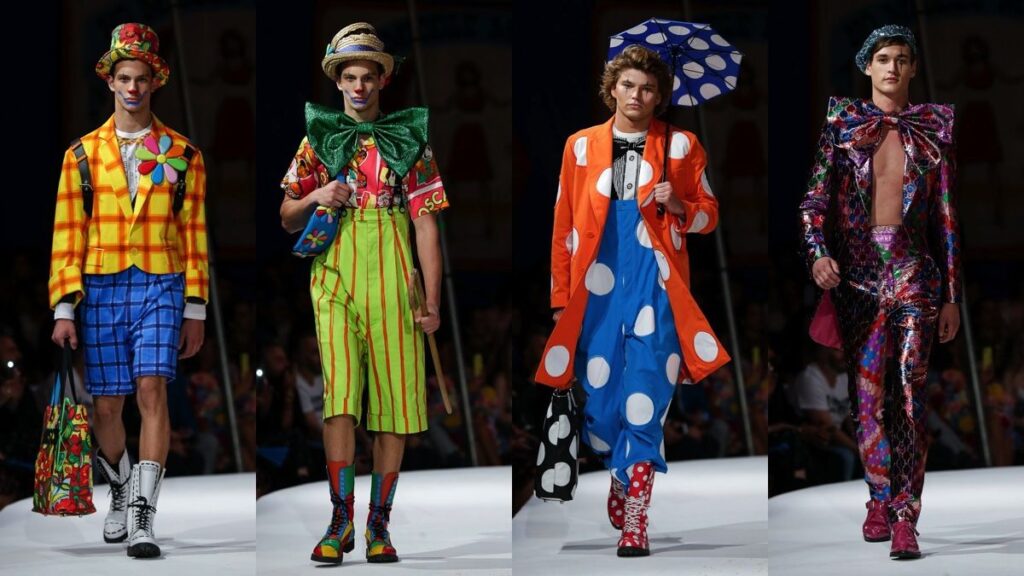
As well as blurring subcultural boundaries, clowncore also encourages blurring traditional gender lines, mainly because gender stereotypes don’t exist in the circus tent – clowns are just clowns. There is no gender association there. Typically femme and masc styles can be morphed together as the wearer chooses. Many of the clown-inspired runway collections, while gendered in name, can be worn by anyone who wishes to. The styling of clowncore items is so open to interpretation, and the flexible rules of the aesthetic enable a wide variety of takes of it. Clowncore is deeply rooted in expressing your authenticity, showing off your style and having fun with fashion. The whole point is to have fun and stand out.
The idea of standing out is a definite driving force bringing clowncore into the mainstream consciousness. The look is nothing new. It was simply a relatively niche style choice until TikTok pushed it onto the for-you page of fashion creatives. In 2020, clown makeup became a trend after users grew bored of Bratz inspired makeup and looked to clowns for the next ‘shocking’ video idea. The look has been seen infrequently on the runway since 2001 when Alexander McQueen, after looking to glum Victorian clowns for inspiration, sent a collection of shredded Miss Havisham-esque lace and tulle gowns and deconstructed martinet suiting around his fashion merry-go-round.
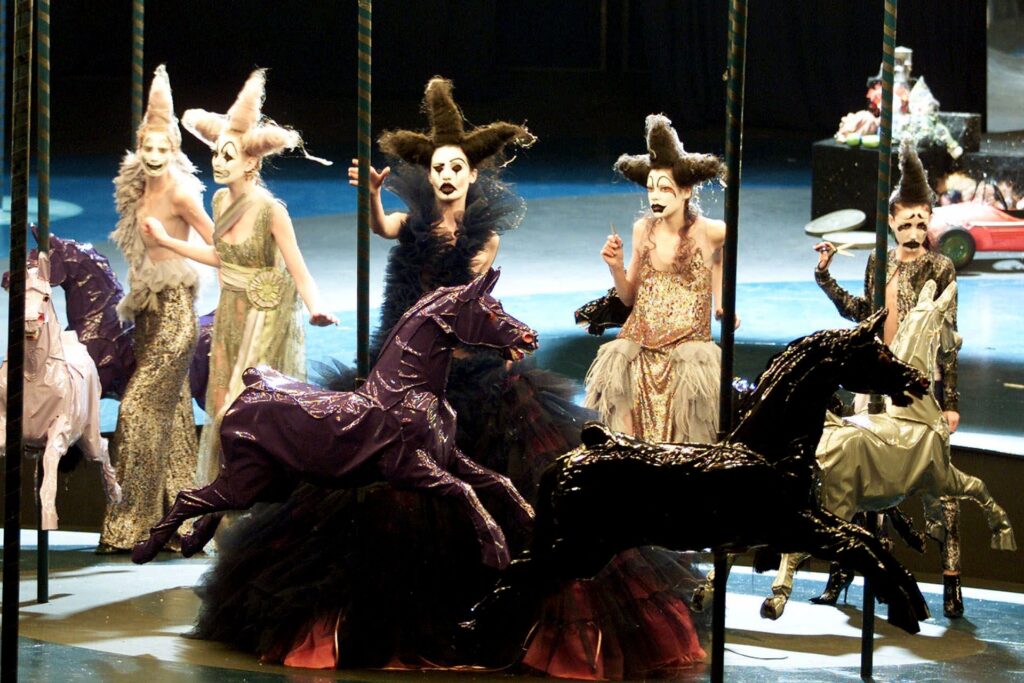
While infrequently in the mainstream, clowncore has always been lurking in wait to take the great but average public by storm. Now may be the time. While the trend has been influencing fashion houses more and more since 2020, there have been changes off the runway. The general population is willing to tolerate more after undergoing some exposure therapy, in small doses, to more and more extravagant street style.
Today, alternative style has really become the mainstream. To be alternative now, you have to push the boat out. Where just a couple of years ago, parents shuddered at their children dying their hair, getting tattooed, or wearing anything that deviated from the classic jeans and a t-shirt, these things are now relatively normal. Acceptance is a wonderful thing, but sometimes pushing that boundary is what we desire. In order to do that and stand out now, you have to take your creativity to the nth degree – maybe even beyond it. Clowncore could be seen as an extension of that desire, a vehicle through which to express yourself and draw the eye in a world where everyone is fighting to do the same. To find something new and exciting, people will draw inspiration from weird and wonderful places; why not the circus?
Are we expecting tons of people to leave the house in bejewelled harlequin catsuits, squirting water out of rubber flowers pinned to their oversized suit jacket while trying not to trip over shoes several sizes too big for them? No. But people are going to utilise more extravagant colours, silhouettes and fabrics, styling them in more over-the-top ways and having more fun with clothing. Clowncore is an aesthetic offering a chance to transform into something as carefree as it is fantastical – no need to be scared at all.
Discover more from GUAP’s Fashion section here




![ZINO VINCI’S ‘FILTHY & DISGUSTING’EP BRINGS YOU TO THE CORE OF THE ARTIST [@ZinoVinci]](https://guap.co/wp-content/uploads/2023/10/Zino-4.jpg)

